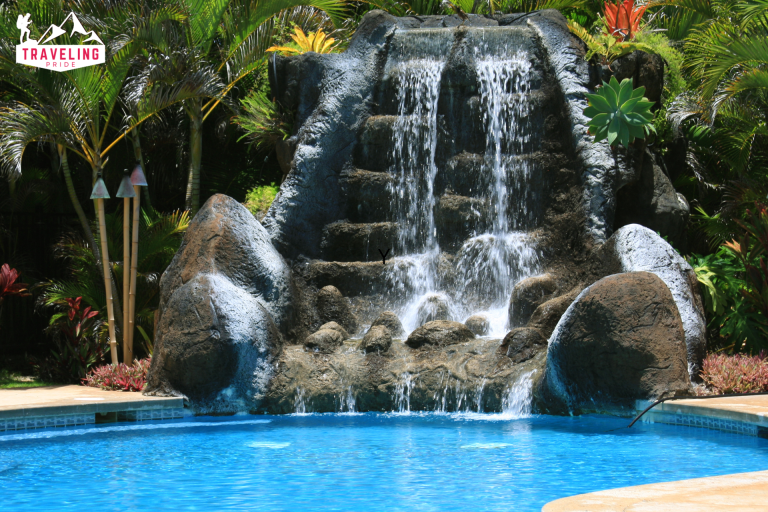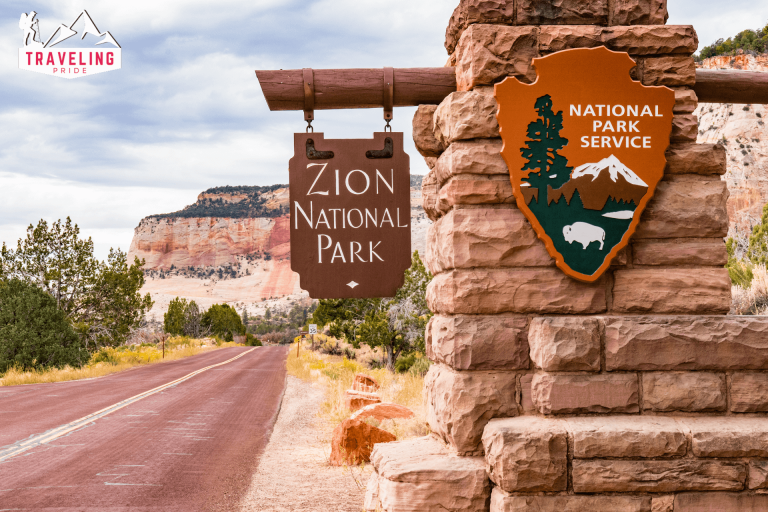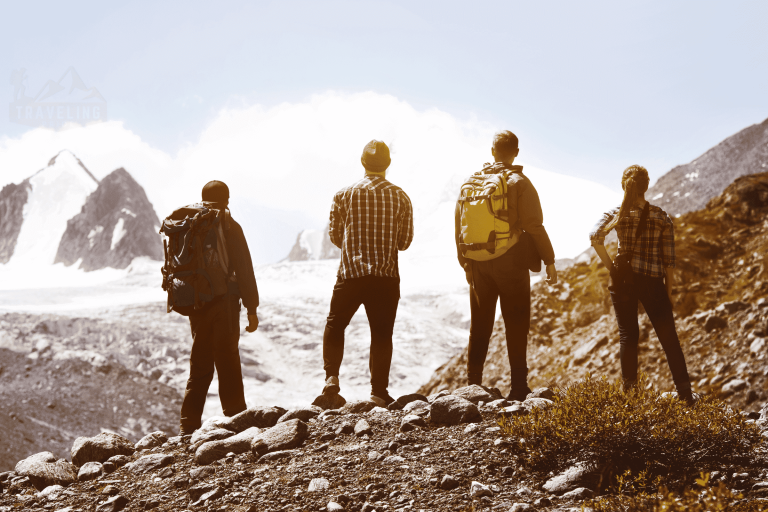Ultimate Guide To Serengeti National Park
Imagine a vast, open landscape where wildlife roams free, and the sky stretches into eternity. Welcome to Serengeti National Park, a paradise for wildlife enthusiasts and adventure travelers. This blog post will guide you through the incredible experiences waiting for you in this world-renowned Tanzanian gem. From awe-inspiring safaris to conservation efforts, we’ll explore everything that makes the Serengeti a must-visit destination.
Facts About Serengeti National Park
Vast Expanse: Covering approximately 14,763 square kilometers, Serengeti National Park is one of Africa’s largest and most famous protected areas, offering a haven to diverse wildlife.
Great Migration: Famous for the incredible annual migration, the Serengeti holds one of the most spectacular natural events on the planet. Over two million wildebeests, zebras, and gazelles traverse the plains for fresh grazing and water, creating breathtaking scenes.
Rich Biodiversity: The park is home to over 500 bird species and 300 mammal species, including the Big Five—lions, leopards, elephants, buffalos, and rhinoceroses—making it a premier safari destination.
UNESCO World Heritage Site: In 1981, the Serengeti was designated as a UNESCO World Heritage Site due to its unique ecosystems, remarkable natural phenomena, and significant contributions to biodiversity conservation.
Efforts in Conservation: Conservation initiatives have been implemented to preserve the fragile ecosystems and protect the wildlife from threats such as poaching and habitat loss, ensuring the park remains a sanctuary for future generations.
Discovering the Heart of Africa
Serengeti National Park is more than just a destination; it symbolizes wild Africa. Spanning over 12,000 square miles, the park is home to a rich tapestry of ecosystems. Each habitat, from sweeping plains to dense woodlands, supports diverse wildlife. Established in 1951, Serengeti National Park has become one of the most celebrated ecosystems on the planet. It’s particularly famous for the annual Great Migration, where millions of wildebeest and zebra traverse the landscape for fresh grazing. This natural phenomenon is not only a spectacle for the eyes but a vital process for the region’s ecological balance.
For those passionate about wildlife, the Serengeti is a living masterpiece. The park is home to the famous Big Five—lion, elephant, buffalo, leopard, and rhinoceros—alongside other fascinating creatures like cheetahs, hyenas, and giraffes. Every visit promises a unique encounter, whether witnessing a pride of lions basking in the sun or spotting a solitary leopard slinking through the grass.
In the following sections, we’ll highlight the best times to visit, indulging activities, and insider tips to ensure your unforgettable Serengeti adventure.
A Wildlife Wonderland
The Serengeti is nothing short of a wildlife wonderland. Its diverse ecosystem supports many species, making it a prime destination for nature lovers. The park’s vast savannahs are teeming with life, providing a unique backdrop for some of the world’s most spectacular wildlife encounters.
The park’s ecosystem is intricately balanced, with each species playing a crucial role. Predators like lions and cheetahs maintain the herbivore population, while scavengers such as hyenas and vultures help clean the ecosystem by consuming carrion. This delicate symbiosis is what keeps the Serengeti thriving.
Visitors to the Serengeti can witness this intricate dance of life firsthand. Whether watching elephants graze peacefully or observing the stealthy movements of a leopard in the trees, the Serengeti offers endless opportunities for wildlife enthusiasts to connect with nature. The park’s biodiversity is a testament to the power and beauty of the natural world, making it an unforgettable experience for all who visit.
Best Time To Visit Serengeti National Park
The best time to visit the Serengeti depends on what you want to see and experience. Each season offers unique opportunities for different activities, making it a year-round destination.
If witnessing the Great Migration is at the top of your bucket list, plan your trip between June and August when the wildebeest herds cross from Tanzania into Kenya. This period also coincides with dry weather, meaning animals congregate around water sources, making it ideal for wildlife viewing.
For those interested in birdwatching, November to April is the best time as migratory birds arrive in large numbers. The wet season between March and May may not be ideal for game drives, but it offers a lush green landscape and an abundance of birdlife.
Things to Do in Serengeti National Park
Safari Drives
No visit to the Serengeti is complete without a safari drive. These excursions take you deep into the park’s heart, offering close encounters with its iconic wildlife. Experienced guides lead the way, sharing insights into the behavior and ecology of the animals you encounter.
Whether it’s a sunrise drive to catch the early morning activity or a sunset safari to witness the park’s transition into the night, each outing brings unique surprises. Safari drives provide an intimate look at the Serengeti’s inhabitants, from the majestic elephants to the stealthy predators that roam the plains. With the guidance of experts, you’ll gain a deeper appreciation for the park’s wildlife and landscapes.
Hot Air Balloon Safaris
For a truly unforgettable experience, consider a hot-air balloon safari. Floating silently above the Serengeti at dawn, you’ll witness the breathtaking landscapes from a bird’ s-eye view. The panoramic vistas unfold beneath you, offering a perspective few get to see.
Hot air balloon safaris allow you to observe animal movements from above, providing a unique angle on the park’s ecosystem. This tranquil experience is perfect for photographers, offering countless opportunities to capture stunning images of the Serengeti’s beauty.
Bird Watching
The Serengeti is a paradise for bird watchers, hosting over 500 species. From vibrant flamingos to the iconic ostrich, bird enthusiasts will find plenty to marvel at. The varied habitats within the park support a wide range of avian life, making it an excellent destination for observing resident and migratory species.
Guided birdwatching tours are available, providing expert insights into the Serengeti’s diverse birdlife. Whether you’re a seasoned birder or a curious novice, the park’s avian wonders promise to captivate your attention.
Guided Nature Walks
For those who prefer exploration on foot, guided nature walks offer an intimate connection with the Serengeti. Led by experienced rangers, these walks allow you to immerse yourself in the park’s natural beauty while learning about its flora and fauna.
Nature walks provide a different perspective, highlighting the minor ecosystem details often missed on drives. From tracking animal footprints to identifying unique plant species, these walks are a wonderful way to engage with the Serengeti personally.
Explore the Ngorongoro Crater
Just a short drive from the Serengeti lies another breathtaking destination—the Ngorongoro Crater. As one of the world’s largest intact calderas, the Ngorongoro Crater is a UNESCO World Heritage Site renowned for its stunning natural beauty and rich biodiversity. The Crater’s floor supports dense wildlife, making it a premier safari experience. Visitors can expect to encounter the “Big Five” amongst countless other species that inhabit this natural amphitheater.
The Crater offers varied landscapes, from lush forests and grasslands to a sparkling soda lake, attracting diverse wildlife. Beyond the abundant animal life, the stunning scenery of the Crater’s rim and the backdrop of rising escarpments make for memorable vistas. Whether taking a game drive or simply admiring the landscapes, the Ngorongoro Crater promises an adventure rich in wildlife and natural splendor.
Seronera River Valley
The Seronera River Valley is the heart of Serengeti National Park, often hailed for its remarkable density of wildlife. This vibrant region is lush with grassy plains, acacia woodlands, and verdant riverbanks, creating an ideal habitat for various animals. Year-round water sources attract large concentrations of game, making it one of the best spots for animal viewing.
Visitors can expect to see an array of wildlife, from resident pride of lions and leopards to herds of elephants and giraffes enjoying the shade of towering trees. Bird enthusiasts will also appreciate the abundance of avian life, with countless species flitting through the valley’s skies. Aside from its wildlife appeal, the Seronera River Valley is known for its striking landscapes, providing endless photographic opportunities against the dramatic backdrop of the Serengeti’s ever-changing skies.
Best Places To Stay In Serengeti National Park
The Serengeti has endless accommodation options, ranging from luxurious lodges to traditional tented camps. For an authentic safari experience, consider staying at one of the park’s campsites, where you can fall asleep to the wild sounds.
If you prefer a more comfortable stay, book a room at one of the many lodges scattered throughout the park. These properties offer a range of amenities, including swimming pools and on-site restaurants, ensuring a comfortable and enjoyable stay.
Packing Essentials for Serengeti National Park
Packing wisely is essential for a comfortable and enjoyable Serengeti adventure. Lightweight, breathable clothing in neutral colors helps blend into the environment and keeps you cool. Remember essentials like sunscreen, a wide-brimmed hat, and binoculars for wildlife viewing.
A good camera is a must for capturing the park’s stunning vistas and wildlife. Consider bringing a journal to record your experiences and reflections, creating lasting memories of your Serengeti adventure.
Conclusion- Serengeti National Park
Home to some of the planet’s most iconic wildlife and landscapes, the Serengeti National Park offers an unparalleled experience for nature lovers. From witnessing the Great Migration to exploring on foot or from above in a hot air balloon, there are endless opportunities to connect with this remarkable ecosystem.
So pack your bags, grab your camera, and get ready for an adventure you’ll never forget in the majestic Serengeti. If you’re planning a trip to Tanzania, make sure to add this incredible destination to your itinerary—it’s an experience like no other! Happy exploring! Enjoying the beauty of nature is just one of many ways we can experience happiness and fulfillment in life.







